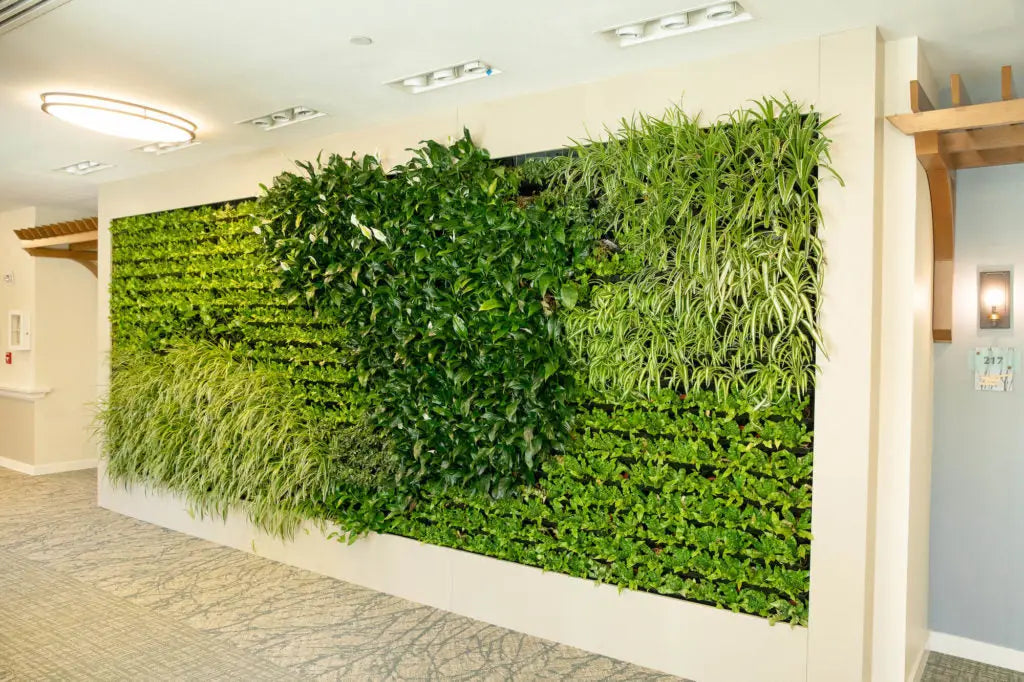Most Americans spend up to 90% of their time indoors and many spend most of their working hours in an office environment. Studies conducted by the U.S. Environmental Protection Agency (EPA) and others show that indoor environments sometimes can have levels of pollutants that are actually higher than levels found outside.

Pollutants in our indoor environment can increase the risk of illness. Several studies by EPA, states, and independent scientific panels have consistently ranked indoor air pollution as an important environmental health problem. EPA estimates that poor indoor air may cost the nation tens of billions of dollars each year in lost productivity and medical care.
Indoor air quality is not a simple, easily defined concept like a desk or a leaky faucet. It is a constantly changing interaction of complex factors that affect the types, levels and importance of pollutants in indoor environments. These factors include: sources of pollutants or odors; design, maintenance and operation of building ventilation systems; moisture and humidity; and occupant perceptions and susceptibilities. In addition, there are many other factors that affect comfort or perception of indoor air quality.
Besides the factors that directly impact the levels of pollutants to which people are exposed, a number of environmental and personal factors can affect how people perceive air quality. Some of these factors affect both the levels of pollutants and perceptions of air quality.
- Odors
- Temperature - too hot or cold
- Air velocity and movement - too drafty or stuffy
- Heat or glare from sunlight
- Glare from ceiling lights, especially on monitor screens
- Furniture crowding
- Stress in the workplace or home
- Feelings about physical aspects of the workplace: location, work environment, availability of natural light and the aesthetics of office design, such as color and style.
- Ergonomics, including height and location of work spaces.
- Noise and vibration levels

Private Technology Group is always looking for ways to improve indoor air quality for our clients. One of our favorite ways to improve a space is with living plants. NASA has studied the ability of plants to improve air quality since the 1970s. A living plant wall can do more than just clean the air, it can also reduce noise and stress. A living wall solution from Private Technology Group includes automated watering of the plants, so you don't have to worry about daily care.
We also like to use essential oil diffusers. Essential oils can help use relax, focus, or remember. Depending on the type of diffuser used, they can also add humidity to the space.
With smart technology, we can also schedule ceiling fans and HVAC units to improve air quality based on a schedule or occupancy sensing. This means better air with less work and more consistency.
If you are wondering about the quality of air in your home or office, contact us for a free evaluation.
If you want to read more, check out: EPA Study or NASA Clean Air Study




Leave a comment
All comments are moderated before being published.
This site is protected by hCaptcha and the hCaptcha Privacy Policy and Terms of Service apply.